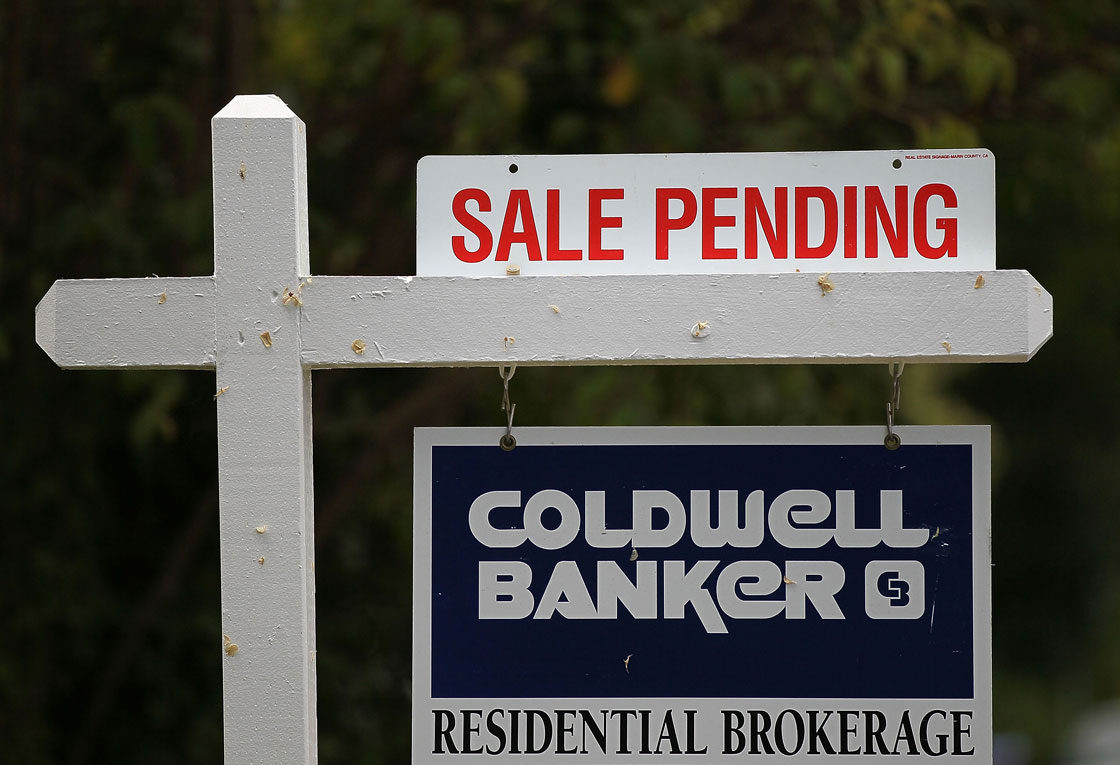The spectre of higher interest rates in the not-so-distant future saw many prospective home buyers pull the trigger last month, fresh figures released Tuesday confirm, setting up some hot markets like Toronto for a spring slowdown, experts suggest.

September sales were up 18.2 per cent compared with September 2012, according to the Canadian Real Estate Association, in part reflecting an unusually weak fall last year.
The rise in the number of homes trading hands pushed up the average home price, with the national average for homes sold in September topping $385,900, an increase of 8.8 per cent compared with a year ago.
Sales improved on a month-over-month basis in just over half of all local markets, with gains in Greater Vancouver and Greater Toronto offsetting declines in Calgary and Montreal.
Read more: ‘Is Canada about to become house poor?’
CREA said year-over-year average price gains in recent months reflect the decline in sales activity recorded last year in some of Canada’s larger and more expensive markets, which caused the national average price to drop.
“Year-over-year increases in the sales over the past couple of months highlights how activity softened across much of the country following the introduction of tighter mortgage rules last summer,” said Gregory Klump, CREA’s chief economist.
Prices rose fastest in the country’s biggest and most expensive markets. If Greater Toronto, Greater Vancouver and Calgary were removed from the calculation, the year-over-year increase in the national price average would be 4.3 per cent.
Real estate watchers say the September spurt – which continues a trend of rebounding activity in recent months despite concerns of an overheated market in some areas – was due to buyers locking in low rates before they have a chance to rise further.
Read more: Housing market in fine shape, RBC’s Nixon says
The downside to the burst in activity is the likelihood of a pronounced slowdown this coming winter and spring, according to TD economist Diana Petramala.
“Some of the strength experienced over the summer months can likely be attributed to households jumping into the market to get ahead of interest rate increases,” the bank economist said. “We anticipate some payback in the coming months.”
Interest rates on standard five-year fixed home loans are up about 0.7 per cent since the spring and could head higher if the bond market which mortgage loans are tied to continues to push up rates based on an improving outlook for the U.S. economy, not withstanding the turmoil a U.S. government default could cause.
Every hike of even one tenth of a percent on a standard home loan can add up to hundreds of additional dollars a month on a payment.
“With home sales being pulled forward in the largest and most expensive housing markets over rising mortgage rate fears, this spurt in housing activity will prove short-lived,” Dave Madani at Capital Economics said.
With files from The Canadian Press


Comments